When you hear ‘Brown Beetle’, two different things might come to mind. This may refer to an actual species or any beetle that just happens to be brown. In either case, these tiny critters are fascinating examples of nature’s diversity. From their remarkable variety to their dual-winged design, the life of a Brown Beetle is truly remarkable.
Familiarize Yourself with the Brown Beetle
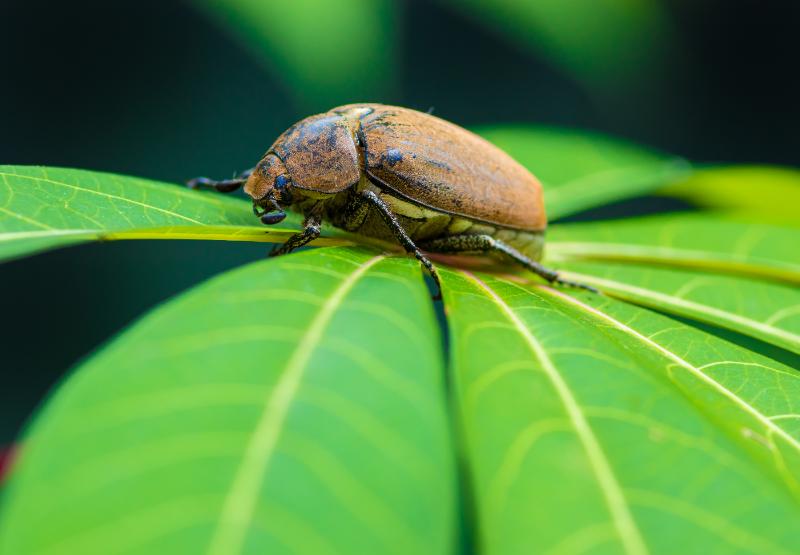
One of the first things you need to know about the Brown Beetle is that it’s part of the largest group of insects in the world. All beetles, brown or otherwise, are typically identified by their two sets of wings. However, only one set actually gets them airborne. The front set, tougher and stronger, serves more like a shield to protect the rear wings.
Winged Wonders
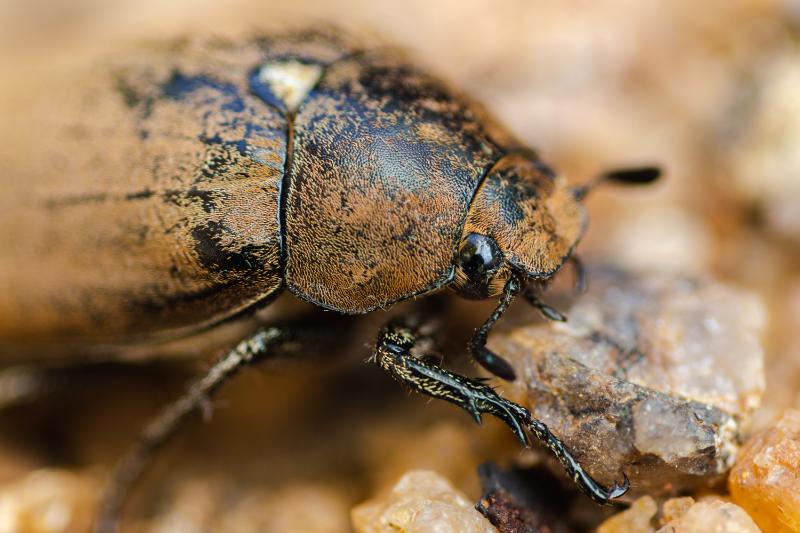
Many types of Brown Beetles have this typical dual-wing design, though some species feature only a single set. These creatures are incredibly varied, with some species even still awaiting discovery by scientists.
See Related: 5 Fascinating Types of Beetles You Need to Know
The Impact of the Brown Beetle
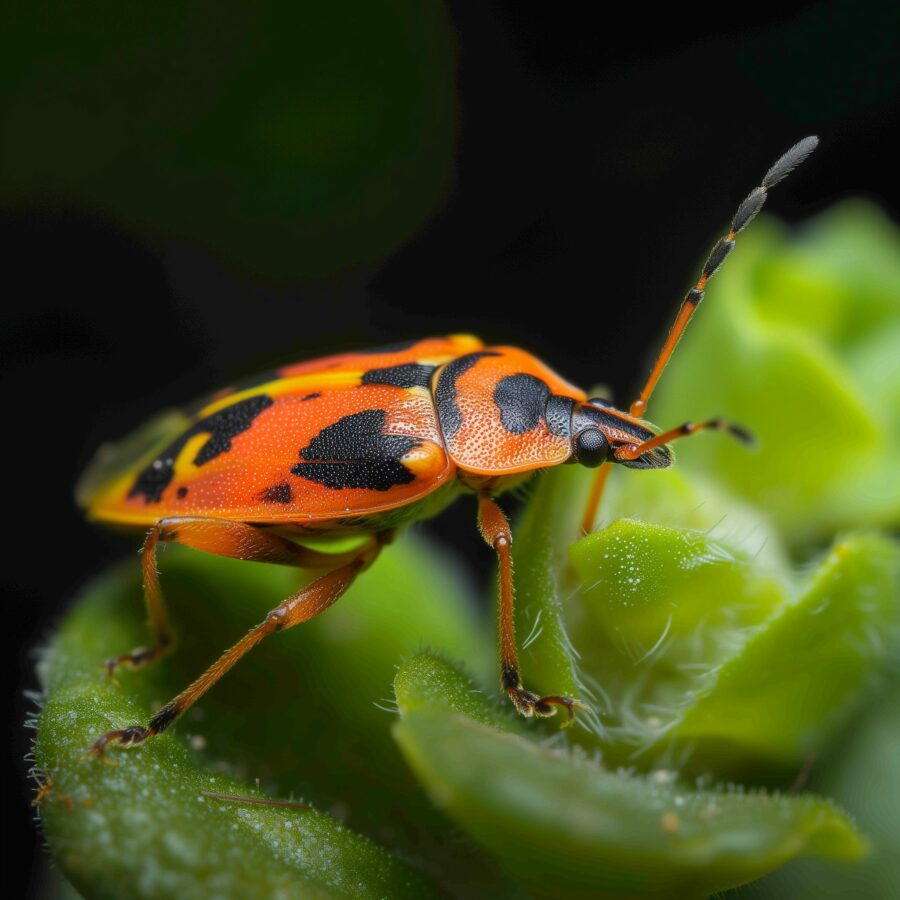
Not all beetles are created equal – while some are virtually harmless, others can wreak havoc on our environment. In fact, their potential for destruction is so significant, it has resulted in declared national emergencies at certain times, in some regions of the United States.
Destructive Forces
Given in large groups, beetles can cause considerable damage to wooden structures, trees, and gardens. Once they’ve depleted one area, they simply move to the next in search of food. Keep in mind, though, it’s not necessarily your average Brown Beetle that’s responsible for this level of destruction.
Spotting a Brown Beetle
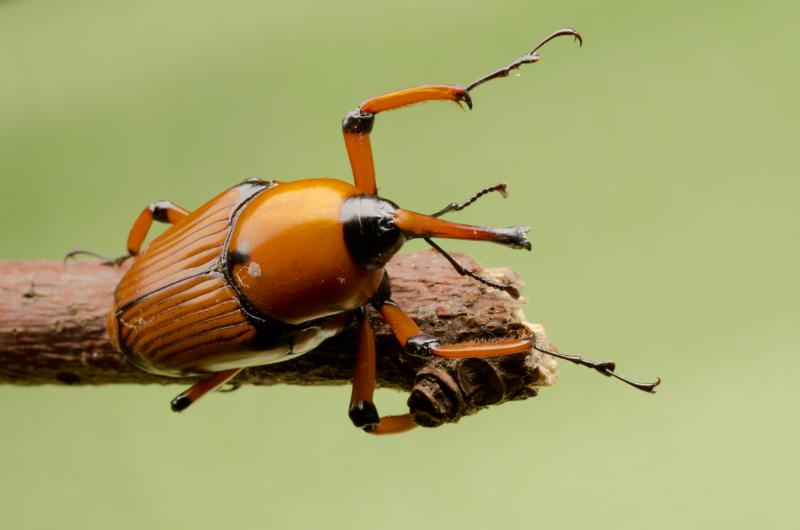
These creatures vary widely in size and shade. Some are easy to spot, while others are tiny enough to go unnoticed. Despite their usual monotone color, the brown beetle can be surprisingly beautiful when seen up close.
A Lifespan of Mystery
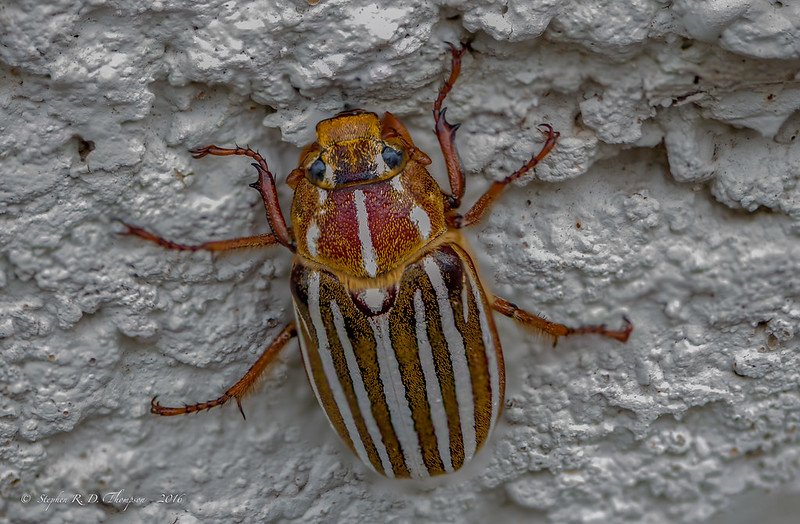
The Brown Beetle’s lifespan varies greatly from species to species, with some living as short as two years, and others reaching up to eight years. Furthermore, the beetle’s life goes through four distinct stages – from egg to larva, then pupa, and finally, the adult stage.
What Should You Do If You See a Brown Beetle?
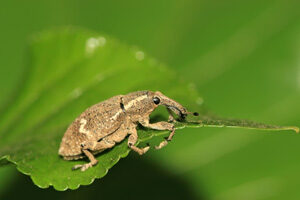
If you notice an infestation of beetles around your home, it’s important to identify the species involved. A harmless brown beetle may be unwelcome but won’t cause much damage. However, more destructive species may require you to take action.
Key Takeaways
- Brown Beetles have two sets of wings, with one serving as a shield.
- Some beetles are destructive, while others are harmless.
- The brown beetle varies in size and shades of brown.
- Beetles’ lifespan varies, going through four stages.
- When finding beetles at home, identifying the species is crucial.
Please check out these articles for more detailed information on related subjects:
Green Beetles
Brown Beetles